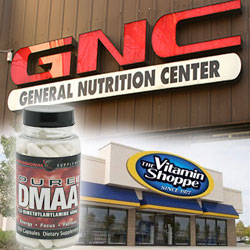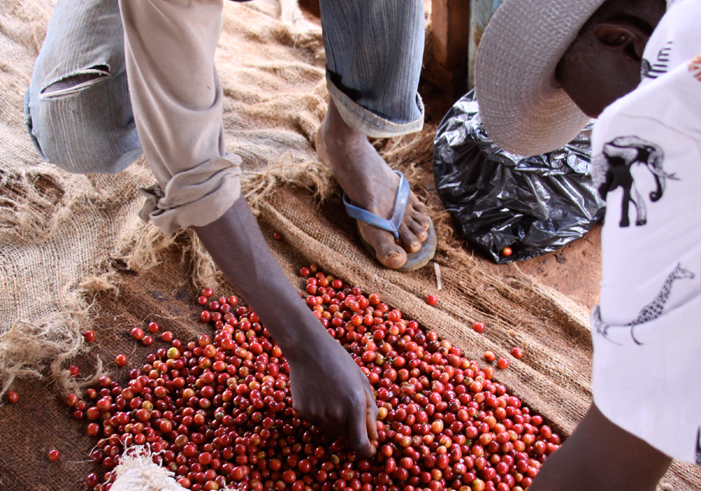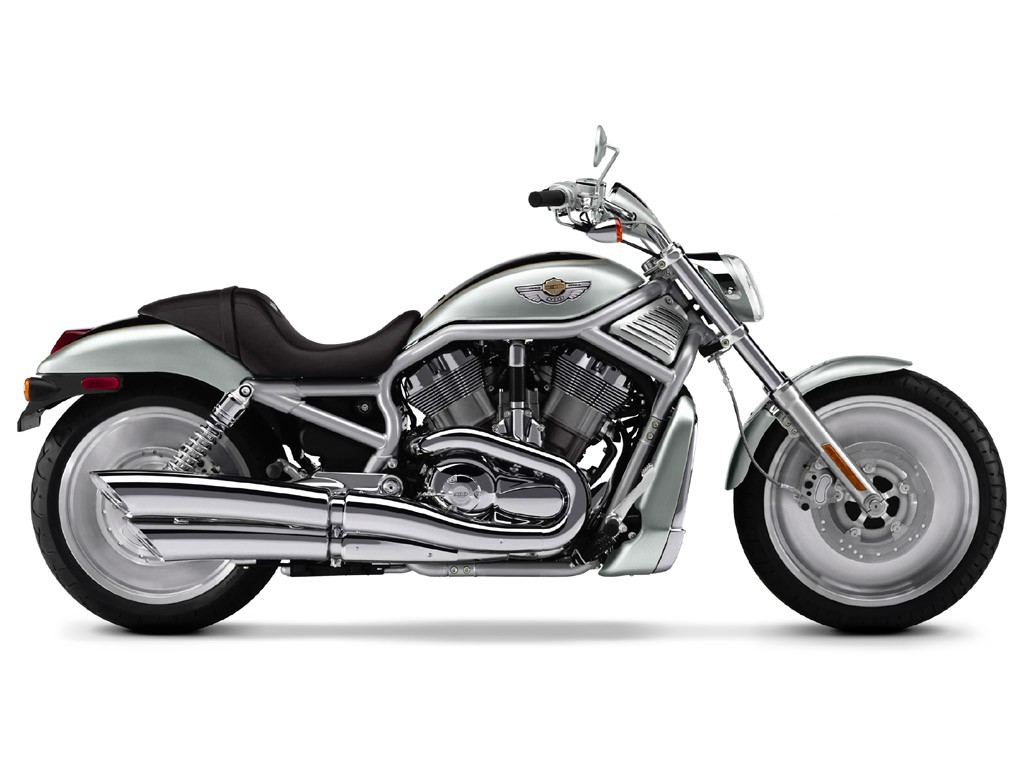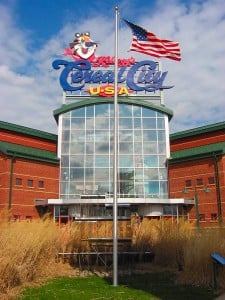The largest retailer in the world, Walmart, has a track record that displays their commitment to sustainability. It is now aiming to improve this track record and in doing so may be the catalyst that the industry needs to shift towards sustainability as a whole.
As we all know, one of Walmart’s strengths is their supply chain management. The multinational corporation has 100,000 suppliers and it has enough clout in the industry to pressure them into following their directives and initiatives. This has been evident and will now be put to the test. Walmart is beginning to include sustainability in its merchants’ performance reviews, which will be used to determine pay raises and potential promotions.
When put into perspective, these merchants are responsible for multibillion dollar buying decisions and are responsible for what stores have on their shelves. Therefore, the inclusion of sustainability scores in performance reviews will undoubtedly shift some of the emphasis on price to sustainability when making buying decisions.
An example of this concerns the laptops that are carried at Walmart stores. An estimated 30% of laptops sold at Walmart have advanced energy saving settings. Walmart does not find this adequate. Therefore the company’s laptop buyer set a goal to increase the percentage of laptops sold with advanced power settings from 30% to 100%. Company research indicates this shift alone will reduce CO2 emissions by hundreds of thousands of metric tons and save the consumers money on electric bills.
Because Walmart’s buyers are now going to put a greater emphasis on sustainability, it will behoove the suppliers, in order to retain Walmart’s business, to do the same. The suppliers in order to meet the stricter criteria must find new methods to reduce waste in their own operations. This will encourage leaner competition both among competing suppliers and the buyers of other companies as well.
Walmart’s Sustainability director, Jeff Rice, believes that although sustainability will not be all that is looked at when evaluating merchants, it will have enough weight to effect behavior.
It will be interesting to see the effects of this initiative not only on the company but the industry as a whole. When the industry leader makes a dramatic change in operations it will most likely be emulated by the other players in the industry in order to keep up and compete.
I believe that Walmart must be commended for its efforts. This is because sustainability is not always the most profitable route to take in the short run. At times it may not even be economically feasible. However, taking Walmart’s success in managing its supply chain into consideration, I believe that Walmart will be able to reduce waste and make its supply chain “greener.”
Any thoughts on this? Do you believe that this initiative is risky? If so, is it worth the risk?









